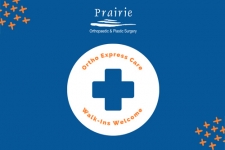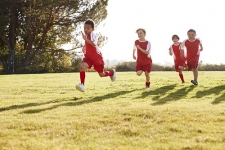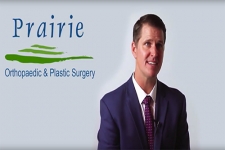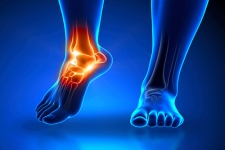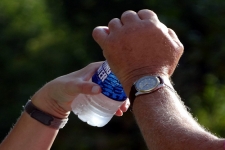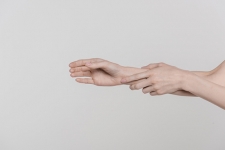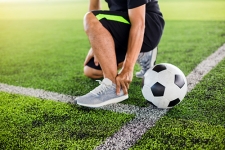Ortho Express Care
There's no need to wait for an appointment when you have an orthopaedic injury. Our Ortho Express Care center is here to help. We offer convenient, walk-in care for all types of orthopaedic injuries, so you can get the treatment you need right away.

